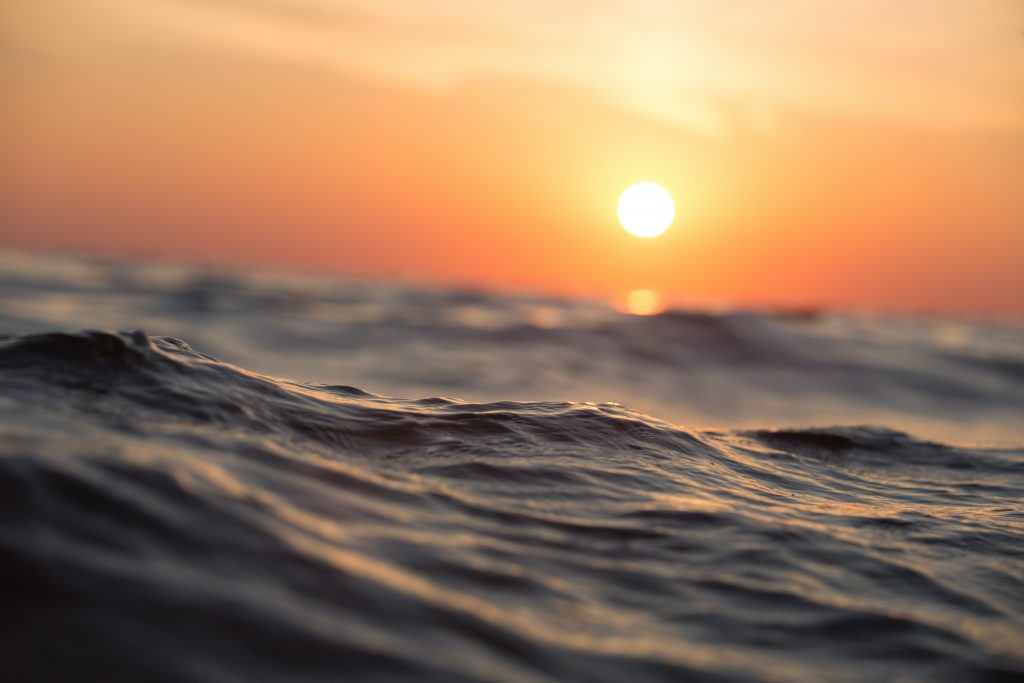Most of us have been to the beach and watched the waves lap against the shore, but have you ever wondered how those waves were formed and how they help to shape our shore lines? Read on to find out!

How are waves formed?
Waves are the movement of energy between locations which are caused by a disturbance. This disturbance causes the water to move in a circular motion, giving the waves that lovely rolling look. They are mostly caused by wind moving over the surface of the water, which creates friction and pressure. This disturbance causes the movement of the water from its natural resting position to which it returns once the impact of the disturbance has passed. This is what causes the wave crest. You can see this type of wave globally and on all bodies of water.
The waves you really need to watch out for are those created during severe weather or by a shift in the Earth’s crust. These are created far out to sea, where the water is much deeper, and can intensify as they move towards the land. The energy transmitted as a result of low pressure and high winds creates forceful waves and can raise sea levels by several metres and waves with a great deal of force, so can be dangerous in some situations. Never go swimming in a storm!
To grasp a deeper understanding of how waves are formed and how they transmit energy, have a look at the video below!
How do Waves help shape the shoreline?
There are two types of wave, waves are either constructive of destructive, they can affect the shoreline in different ways. When a wave breaks and touches the shore, the water that rushes onto the shore is known as the swash and the water that rushes back into the seas is called the backwash. They energy within the swash and backwash tells us which type of wave it is.
Constructive waves have a very powerful swash, this pushes sand and other sediment up the shore and helps to build up the shoreline. These waves have a weak backwash, so there isn’t much sediment which is pulled back into the water. These are smaller waves, which are further apart, so appear much calmer and slower than destructive waves,

Destructive waves are the opposite, they have a weak swash and a strong backwash. These waves pull sand and other sediment from the shoreline back into the water, this erodes the shoreline. They wave is almost like a spade, that slowly digs out pieces of the shoreline and returns it to the water body. Destructive waves are steeper than constructive waves, so they appear much closer together and faster than constructive waves.

Keep an eye out for future blog posts which will explain how we manage the affect of these waves!

